Avoiding Iron Deficiency with Elimination Diets
Are you considering or planning to embark on an elimination diet? An elimination diet is a dietary approach that involves removing certain foods or food groups from your diet for a period of time, usually to identify and manage food sensitivities or allergies. While elimination diets can be beneficial for some conditions, they do not always come without risks. Many nutrients are vital to our health and in this article, we will specifically be addressing iron.
Iron deficiency anemia is a condition in which your blood does not have enough healthy red blood cells. Having adequate red blood cells is essential as they carry oxygen to the body’s tissues. Without enough iron, your body has a hard time transporting oxygen. As a result, this may leave you feeling tired and short of breath.
At first, your symptoms of iron deficiency anemia may be so mild they are hardly recognized, but as time passes, your symptoms may become more apparent. Some other symptoms include: weakness, pale skin, headache, cold hands and feet, brittle nails and bizarre cravings (things like ice, and dirt). These symptoms can be subtle and easily dismissed, but it's important to pay attention to them as they could indicate a potential iron deficiency.
Elimination Diets and Iron
Like with any elimination diet, the Low FODMAP diet is no different because nutrition deficiencies can be of concern. When eliminating certain foods, you are likely to miss out on certain nutrients, such as iron. Iron can be found in plant sources (fruits, vegetables, legumes, grains, and iron-enriched cereals) and animal sources (liver, red meat, oysters, chicken). If you struggle with iron deficiency and are trying to navigate a Low FODMAP, consider the following foods - nuts and seeds, iron-fortified cereals, tofu, and certain grains.
Exploring Diverse Food Options
Regardless of your chosen elimination diet, I encourage you to research and explore creative, easy-to-include iron-rich sources. Here are some iron sources to help you in your quest.
- Grains: ready-to-eat cereal, whole grains, bran, oats
- Proteins: oysters, crabs, clams, shrimp, lamb, bison, beef, turkey, organ meats (like chicken liver), canned sardines
- Vegetables: spinach, artichokes, lima beans, white beans, navy beans, kidney beans, great northern beans, black beans, pinto beans, stewed tomatoes, lentils, asparagus, beets, mushrooms, chickpeas, green peas, collard greens, acorn squash, leeks, potatoes both regular and sweet potatoes
- Fruit: prune juice
- Nuts and seeds: sesame seeds, cashews
I also encourage you to pair your iron sources of food with vitamin C sources of food. The reason being, is that iron paired with vitamin C helps with the absorption of iron. Vitamin C enhances the body's ability to absorb non-heme iron, which is the type of iron found in plant-based foods. Here are some vitamin C sources of food.
- Fruits: citrus fruits like oranges, grapefruit and kiwi, strawberries, cantaloupe
- Vegetables: red and green bell peppers, broccoli, baked potatoes, tomatoes
Partnering with Your Doctor
Before starting an elimination diet, I highly encourage you to speak to a healthcare professional to learn about the risks and benefits of the particular diet that interests you. Because some symptoms of iron deficiency anemia can sometimes be vague, you must inform your healthcare provider of your elimination diet. Your provider can diagnose properly and provide personalized recommendations for addressing it. Some lab tests your doctor may draw to evaluate iron deficiency anemia include red blood cell count, hematocrit, hemoglobin, and ferritin.
Not only is it important to speak to your provider before you start an elimination diet, but it is also crucial that you continue following up with your healthcare provider for regular monitoring and adjustments. This will help ensure optimal iron levels throughout the elimination diet journey.
- Current dietary guidelines. Food Sources of Iron | Dietary Guidelines for Americans. (n.d.).
- Mayo Foundation for Medical Education and Research. (n.d.). Iron deficiency anemia. Mayo Clinic.
- National Institutes of Health. (n.d.). Vitamin C fact sheet for consumers.


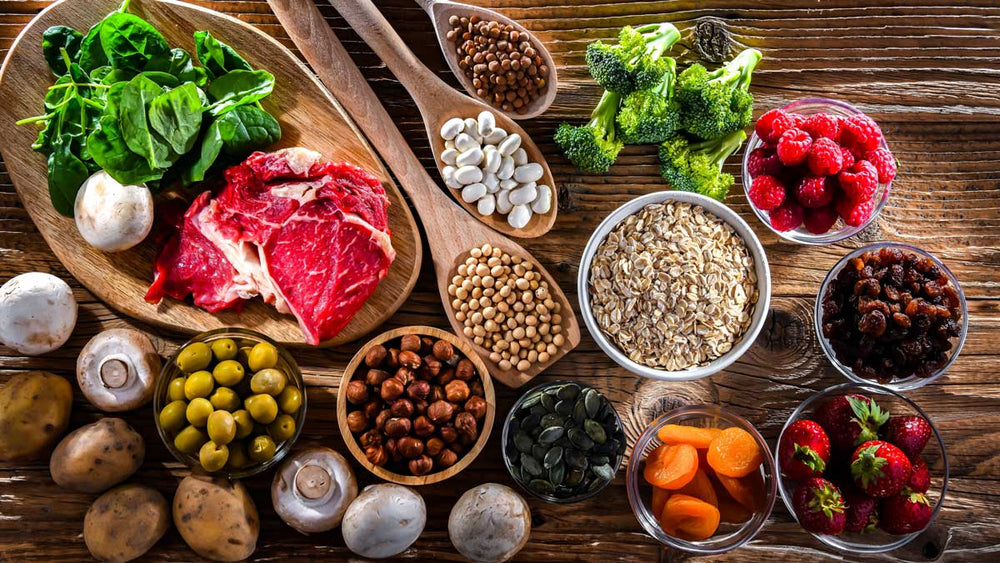
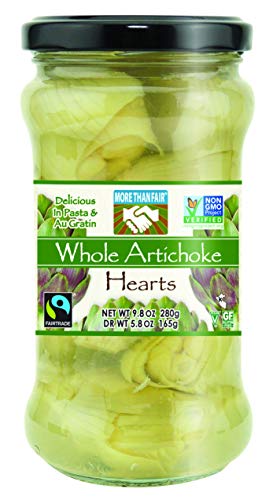
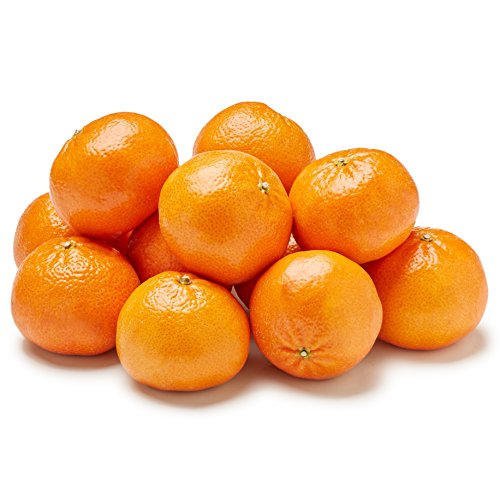
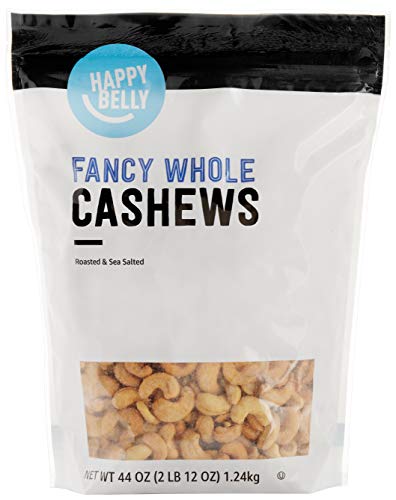
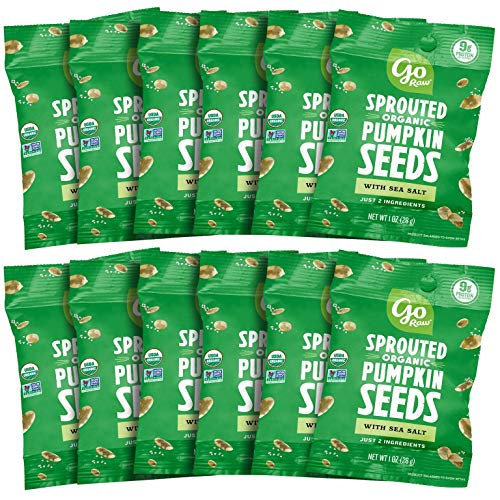

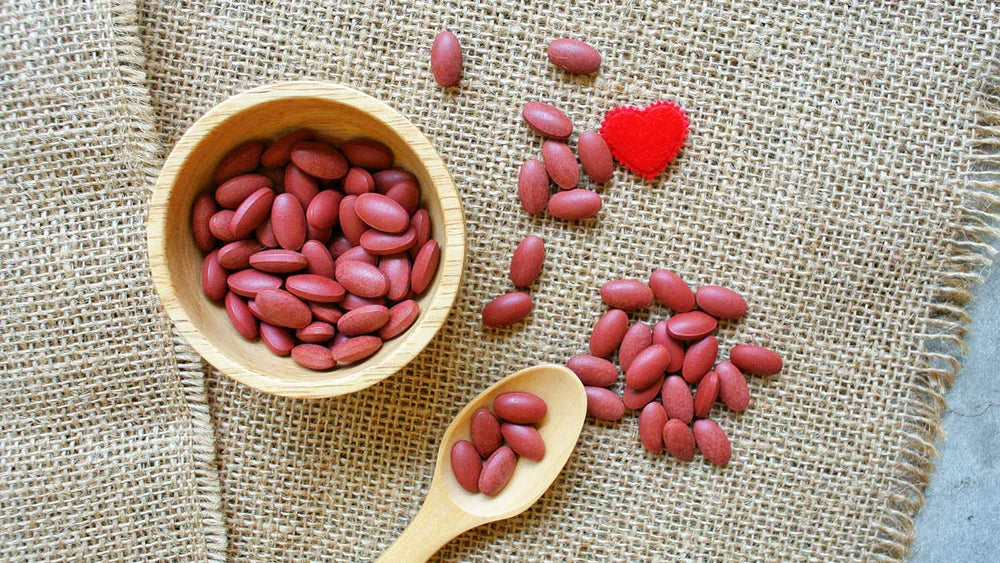














Comments
Join The Conversation...